Fall Newsletter
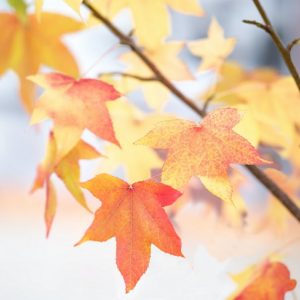
As we start the Fall Season, we hope that everyone enjoyed their Summer!
This Summer the weather was very rough on the lawns and landscapes. June had heavy rainfall and high humidity which promoted an abundance of turf disease and excessive weed and weed grass growth. July brought excessive heat, with temperatures in the high 90’s, and very little rain. This was followed by heavy storms and flooding in August. Unsurprisingly, these conditions created an unhealthy environment for your lawn and landscape, causing damage to many of our trees, shrubs and lawns. The good news: we have seen some recovery with the cooler temperatures at the end of August.
With the Fall Service we will be repairing the damage caused by the Summer weather. Here are some suggestions for corrective measures you should consider for this Fall:
Caring for Your Lawn in the Fall
Certain areas of your lawn may thin out each year because of annual grasses, summer stress, insects and diseases. It will be necessary to have these areas reseeded; this work will be performed along with your Fall Service. Prior to your Fall Service, we would like you to be aware of the following:
- This is an excellent time to give your lawn a good raking. As in the Spring, get your leaf rake and rake out the dead grasses in any damaged or thin areas. Doing this means that when your reseeding is done, the seed will be able to easily make the soil contact needed to germinate.
- After raking you should fill in any thin, low areas, or holes in the turf by adding small amounts of topsoil. This “topdressing” can be done by lightly spreading ½ to 1 inch of soil onto the ground with a garden rake. This soil can be purchased in 40 lb. bags from any garden center.
- Note: For those who want topdressing, but cannot do it yourselves, our company offers this service at an extra charge. The topdressing will be done at the time of your Fall Service.
Entire Lawn Core Aeration is Available
During the Fall Service, we spot core aerate when we repair the damaged areas as part of the reseeding extra work. However, if you are interested in having the entire lawn core aerated this Fall, please contact us and we will email you the cost for your property. For more information on the benefits of whole lawn core aeration, see our web page’s FAQ: Core Aeration
Leaf Removal
As we get deeper into autumn, it is important that you remove the leaves from your lawn for as long as they continue to fall. This means raking and clearing right into December and January. Leaves left on the lawn cause dead areas and other problems. The easiest and safest way of removing leaves from your lawn is to use a lawn mower bag while cutting. For heavier amounts of leaves, raking is not a problem on established turf. Please note on newly-seeded, shady, or shallow-rooted areas, heavy raking may be damaging to the lawn. Either rake these areas lightly or (if you have one) use a leaf blower. A blower would move the leaves off the weak areas onto established turf, driveway, street or sidewalk where they can then safely be raked into bags.
If you need help finding assistance with leaf removal, please contact us and we can make recommendations.
Watering Procedures
Please do not turn off your water until late November. In the Autumn, the lawns become drier than most people realize due to windy days, trees absorbing moisture before winter dormancy, and cooler temperatures. If there is no measurable rainfall for a week, make sure that you provide a good soaking, especially if extensive seeding was done in the Fall service. Continue watering until the weather prohibits.
For those customers who have a sprinkler system, you will need to water three times a week because of the amount of time needed to be sure each zone is properly watered – especially if extensive seeding was done in the Fall. Due to the cooler temperatures this time of year, you need to set your sprinkler to start later in the morning, for example at 10 a.m. rather than 5 a.m. You may also reduce the amount of time each zone is on. Please do not set the system to come on the day your lawn is scheduled to be mowed. Unless directed otherwise by our company, you can schedule your sprinkler system’s winterization after November 15th.
We will be starting our Fall Service shortly. If you have any questions, please feel free to contact us on 302-792-2201 or at Finolawn@gmail.com.
Have a wonderful Fall Season!
Gabriel L. Clouser, President
Eric M. Plummer, Vice President
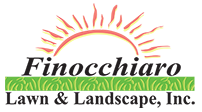
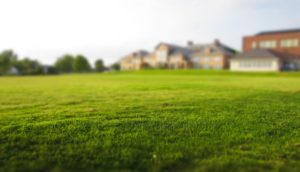
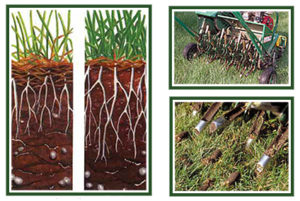
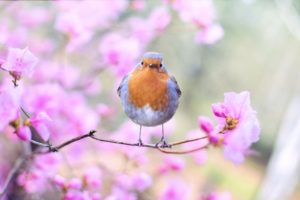
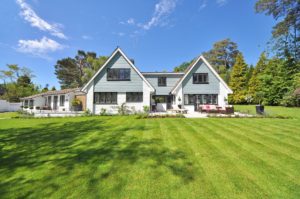
 Also, a reminder: There’s still time to sign-up for Our Flea & Tick Program!
Also, a reminder: There’s still time to sign-up for Our Flea & Tick Program!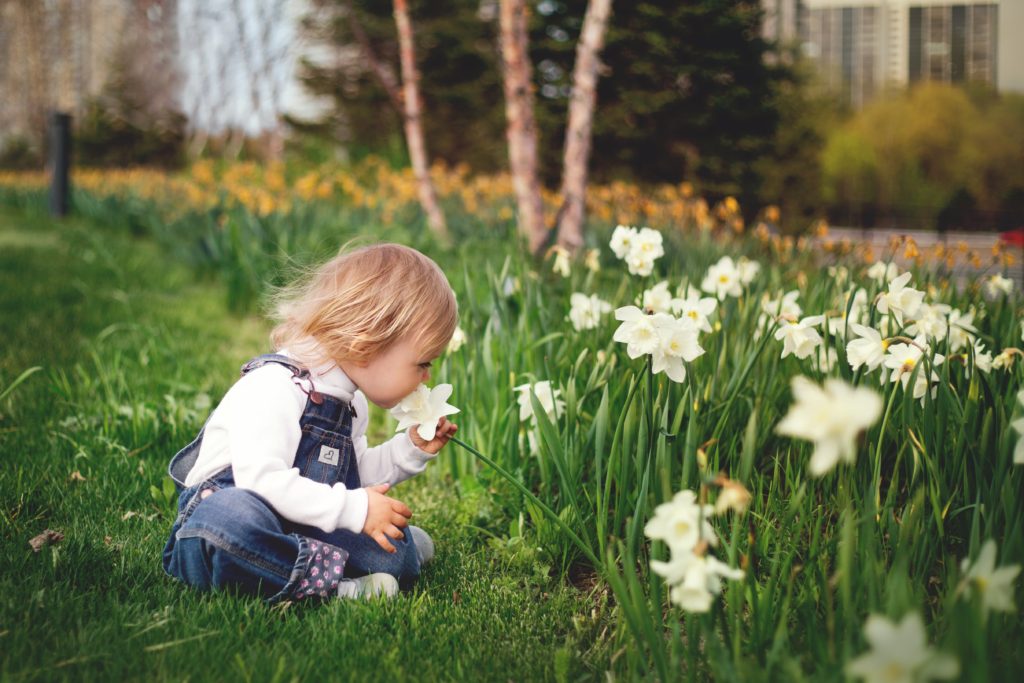
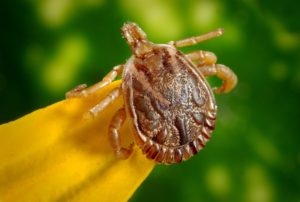
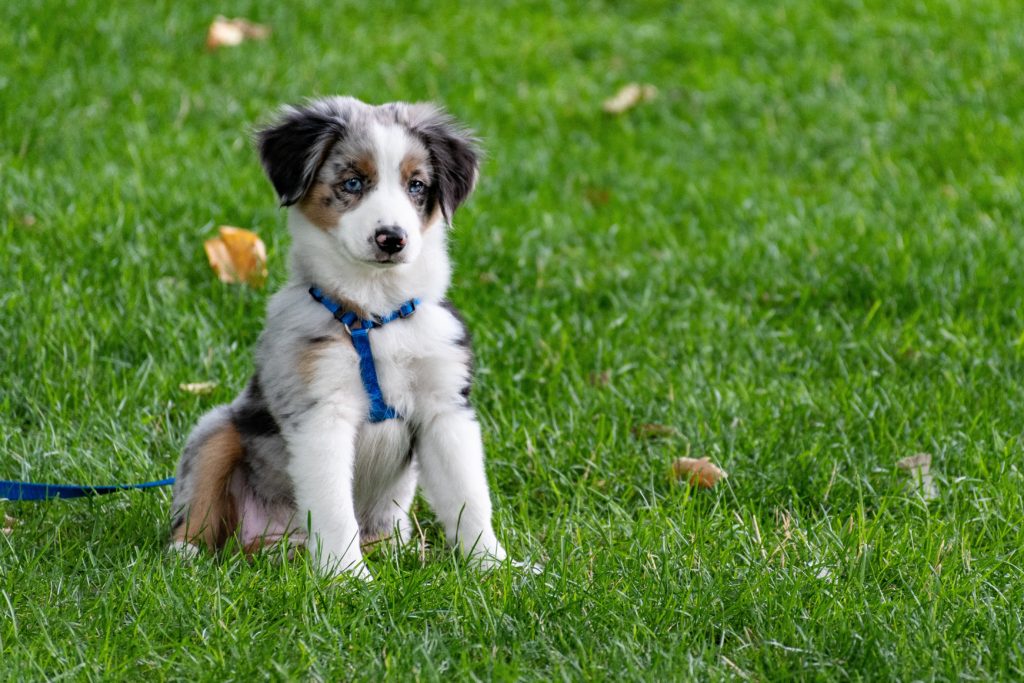 Also a reminder: There’s still time to pay your annual service cost in advance! In the Spring and Fall, extra work is performed on an as needed basis. Our service technicians evaluate the lawn during the regular service and perform the additional work immediately. Since we have all of the equipment and materials already on the job, this allows us to cut expenses and provide the work at a reduced price. For customers who pay the annual service cost in advance, we discount on-the-job extra work by 50%.
Also a reminder: There’s still time to pay your annual service cost in advance! In the Spring and Fall, extra work is performed on an as needed basis. Our service technicians evaluate the lawn during the regular service and perform the additional work immediately. Since we have all of the equipment and materials already on the job, this allows us to cut expenses and provide the work at a reduced price. For customers who pay the annual service cost in advance, we discount on-the-job extra work by 50%.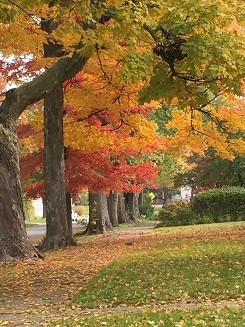 Late Fall Newsletter –
Late Fall Newsletter – 
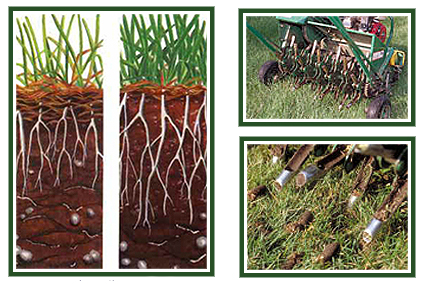 Core Aeration offers the following benefits to the lawn.
Core Aeration offers the following benefits to the lawn.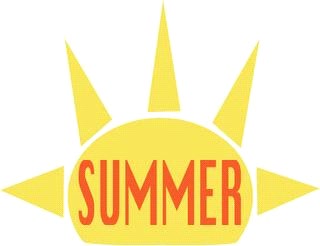
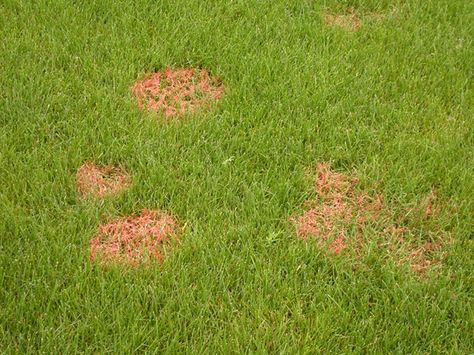 During the summer months, Turf Disease becomes active due to the high temperatures and high humidity. In June we saw 8″ of rainfall, well above normal, and with most of the storms taking place in the evening hours. This created the perfect environment for turf diseases to spread. All turf disease is soil-born, spreading from fungal spores in the soil up, the grass leaf, to infect the plant. Two of the most common diseases we see are Red Thread and Dollar Spot.
During the summer months, Turf Disease becomes active due to the high temperatures and high humidity. In June we saw 8″ of rainfall, well above normal, and with most of the storms taking place in the evening hours. This created the perfect environment for turf diseases to spread. All turf disease is soil-born, spreading from fungal spores in the soil up, the grass leaf, to infect the plant. Two of the most common diseases we see are Red Thread and Dollar Spot.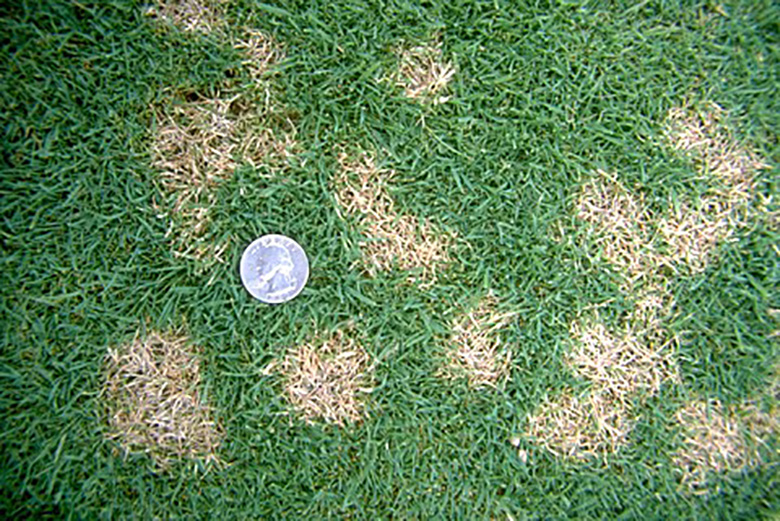 Dollar Spot appears as small circular straw colored spots in the lawn. With closer examination, you can see the brown lesion blight on the grass leaf. This disease damages the grass leaf but does not affect the roots or the crown of the plant. Dollar Spot thrives under high temperatures and humidity when the lawn does not have a chance to dry out. Another common cause is mowing the lawn too short. Short turf is more easily infected than turf cut at the correct height. Our company spot treats the areas around the disease with a curative fungicide to reduce the
Dollar Spot appears as small circular straw colored spots in the lawn. With closer examination, you can see the brown lesion blight on the grass leaf. This disease damages the grass leaf but does not affect the roots or the crown of the plant. Dollar Spot thrives under high temperatures and humidity when the lawn does not have a chance to dry out. Another common cause is mowing the lawn too short. Short turf is more easily infected than turf cut at the correct height. Our company spot treats the areas around the disease with a curative fungicide to reduce the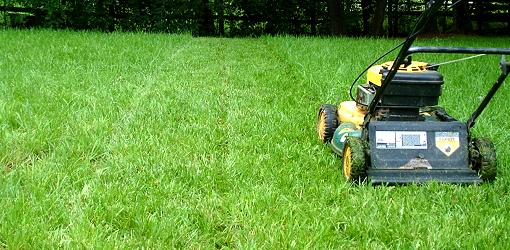 Proper mowing is one of the “Best Cultural Practices” for the lawn. By mowing at 4″, the turf is better able to resist Turf Disease and other summer stresses. Only mow the lawn when it is needed during the summer, which may be once every 10 to 14 days depending on how fast the turf is growing. Please follow our mowing instructions on the Summer Bulletin which the men leave at your home at the time of your service and is posted on our website.
Proper mowing is one of the “Best Cultural Practices” for the lawn. By mowing at 4″, the turf is better able to resist Turf Disease and other summer stresses. Only mow the lawn when it is needed during the summer, which may be once every 10 to 14 days depending on how fast the turf is growing. Please follow our mowing instructions on the Summer Bulletin which the men leave at your home at the time of your service and is posted on our website.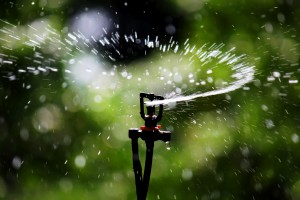 Summer Watering
Summer Watering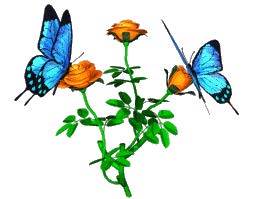
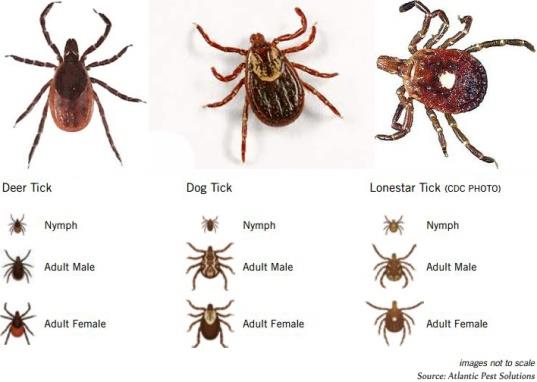 As the climate changes and our summers become longer and warmer, fleas and ticks are becoming more prevalent than ever throughout the state of Delaware. While these insects do not cause damage to the turf or landscape they can be harmful to our pets and families. Finocchiaro Lawn & Landscape, Inc. offers a program that greatly reduces and helps to control fleas and ticks, including the ones that can spread lime disease. Our Program uses a granular to control the fleas and ticks in the ground without harming the beneficial insects such as bees, butterflies and ladybugs in the landscape. If you are interested in our Flea & Tick Program please contact us for more details at finolawn@gmail.com or at 302-792-2201.
As the climate changes and our summers become longer and warmer, fleas and ticks are becoming more prevalent than ever throughout the state of Delaware. While these insects do not cause damage to the turf or landscape they can be harmful to our pets and families. Finocchiaro Lawn & Landscape, Inc. offers a program that greatly reduces and helps to control fleas and ticks, including the ones that can spread lime disease. Our Program uses a granular to control the fleas and ticks in the ground without harming the beneficial insects such as bees, butterflies and ladybugs in the landscape. If you are interested in our Flea & Tick Program please contact us for more details at finolawn@gmail.com or at 302-792-2201.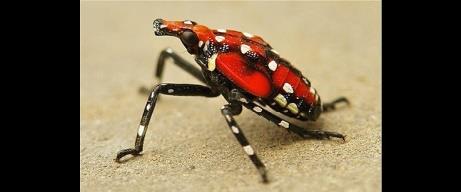 The spotted lantern fly is an invasive plant-hopper insect native to China, India and Vietnam. The insect has a large
The spotted lantern fly is an invasive plant-hopper insect native to China, India and Vietnam. The insect has a large 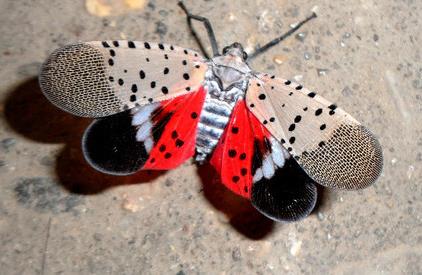 number of host plants in the landscape and in agriculture where it can cause significant damage. Pennsylvania has issued a quarantine for the insect in all of the counties where it has been found and is asking for the help of both residents and businesses to help control the spread of the insect. Please visit www.agriculture.pa.gov to learn more about the Spotted Lantern Fly and about how you can help.
number of host plants in the landscape and in agriculture where it can cause significant damage. Pennsylvania has issued a quarantine for the insect in all of the counties where it has been found and is asking for the help of both residents and businesses to help control the spread of the insect. Please visit www.agriculture.pa.gov to learn more about the Spotted Lantern Fly and about how you can help.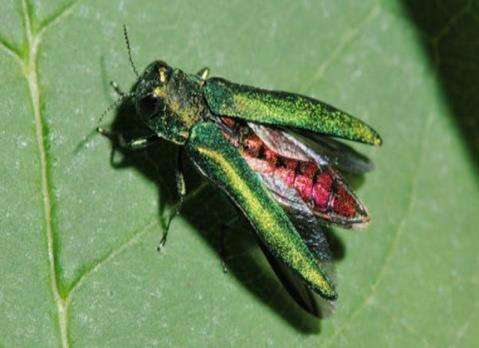 The Emerald Ash Borer is another invasive insect from Asia that is causing severe damage throughout the landscape. The beetle lays its eggs in the bark of the Ash Tree and the larva feed beneath the bark, killing the tree. The beetle has caused the death of hundreds of millions of trees across 35 states and parts of Canada. Ash Trees can be treated to help protect the tree from an infestation, however many communities have decided to remove and replace the trees to limit the upkeep cost and possible future damage. Please visit www.emeraldashborer.info for more information about the Emerald Ash Borer or contact your local arborist.
The Emerald Ash Borer is another invasive insect from Asia that is causing severe damage throughout the landscape. The beetle lays its eggs in the bark of the Ash Tree and the larva feed beneath the bark, killing the tree. The beetle has caused the death of hundreds of millions of trees across 35 states and parts of Canada. Ash Trees can be treated to help protect the tree from an infestation, however many communities have decided to remove and replace the trees to limit the upkeep cost and possible future damage. Please visit www.emeraldashborer.info for more information about the Emerald Ash Borer or contact your local arborist.